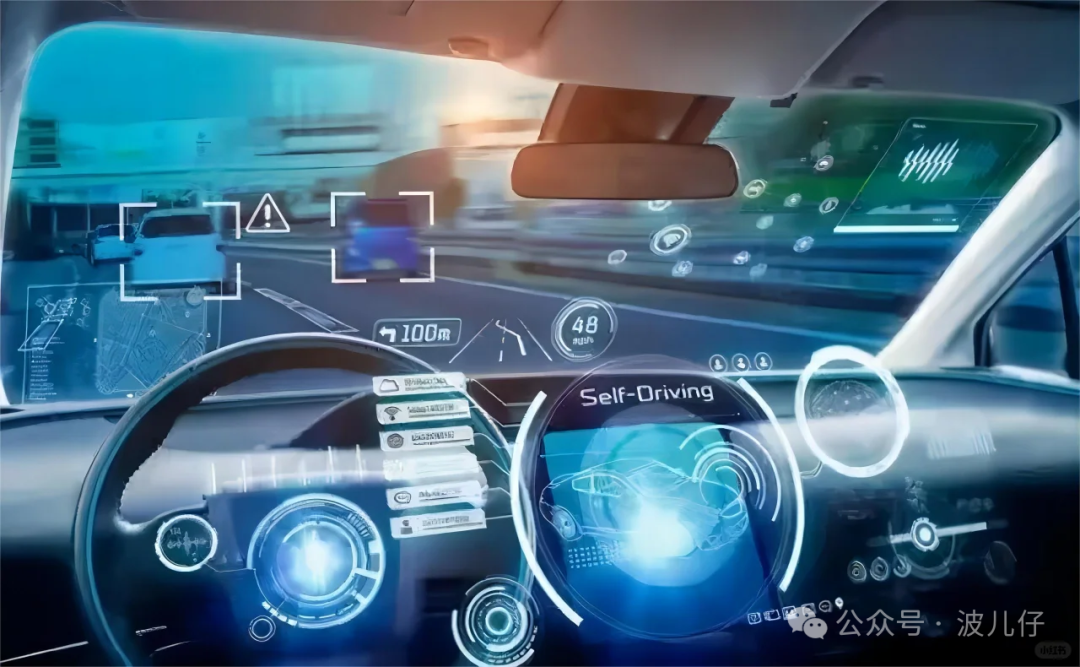Word count 1425, reading time approximately 8 minutes
Connected Vehicle Security: How to Protect Your Car from Hacker Attacks?
With the continuous development of automotive technology, the Internet of Vehicles (V2X, Vehicle-to-Everything) has become an essential part of modern vehicles.
It connects vehicles with external devices, road infrastructure, and other vehicles, greatly enhancing the driving experience, safety, and efficiency.
However, the popularity of the Internet of Vehicles also means that cars face an increasing number of security risks, especially the risk of hacker attacks.
How to ensure that your car is not attacked by hackers has become a critical issue for every car owner.

Security Risks of the Internet of Vehicles
The Internet of Vehicles enhances the intelligent functions of vehicles through wireless communication technology, cloud platforms, and smart applications, but it also exposes cars to external network threats. Hackers can infiltrate vehicle systems in various ways, allowing them to control onboard devices, steal data, and in extreme cases, completely control the vehicle’s driving functions.
For example, hackers can invade through the car’s entertainment system or wireless communication interfaces, which may lead to data breaches, system failures, or even affect the vehicle’s driving safety. By remote control, hackers may manipulate brakes, acceleration, steering, and even the owner’s personal data, posing significant safety risks to the owner.
Protective Measures for Internet of Vehicles Security
So, how can you effectively protect your car from hacker attacks? Here are some important security measures that car owners should pay attention to:
1. Regularly Update Vehicle Software
Like smartphones and computers, regular updates of vehicle software and firmware are the primary measures to ensure the security of the Internet of Vehicles. Automotive manufacturers frequently release software updates and patches to fix known security vulnerabilities. If car owners neglect updates, the onboard system may be exposed to the risk of hacker attacks.
Ensure that the vehicle’s automatic update feature is enabled and that updates are performed promptly whenever prompted. This way, the vehicle can effectively resist potential network threats.
2. Use Strong Passwords and Two-Factor Authentication
Car owners should set strong passwords for various connected services of the vehicle, avoiding simple or default passwords. A complex password can significantly increase the difficulty for hackers to invade.
Additionally, many Internet of Vehicles services (such as remote control applications for car owners) support two-factor authentication. By enabling this feature, in addition to the password, the owner also needs to verify their identity through a mobile phone or other means, further enhancing account security.
3. Disable Unnecessary Wireless Connections
Vehicles are typically equipped with various wireless connectivity features, such as Bluetooth, Wi-Fi, and NFC. When not in use, disabling unnecessary wireless connections can effectively reduce the chances of hacker intrusion. Especially when the vehicle is parked, turning off Bluetooth and Wi-Fi can minimize the risk of hackers invading the vehicle through these wireless interfaces.
4. Avoid Connecting Unknown Devices
Car owners should avoid connecting unauthorized devices (such as unknown USB devices, portable Wi-Fi hotspots, etc.) to the vehicle’s USB ports or other interfaces. Many hackers exploit devices that car owners inadvertently connect to spread malware through these interfaces.
Car owners should be cautious with every connection, only using trusted devices, and regularly checking the list of devices connected to the onboard system.
5. Install Firewalls and Antivirus Software
Some high-end models offer built-in vehicle firewalls and antivirus software, which can monitor and protect against malicious attacks on the Internet of Vehicles system in real-time. Car owners can choose to install onboard security software and regularly perform system scans to block malicious programs from unknown sources from invading the vehicle system.
6. Enhance Physical Security
Physical security is also an important aspect of ensuring the security of the Internet of Vehicles. Many hackers gain access to the vehicle’s interior through physical intrusion, using the OBD-II interface (on-board diagnostics interface) to launch attacks. Therefore, car owners can install OBD protection devices to restrict unauthorized access.
Future Outlook: Technological Advances in Internet of Vehicles Security
As the technology of the Internet of Vehicles continues to develop, future vehicles will become more intelligent, but security issues will also become more complex. To cope with the ever-changing network threats, security technologies for the Internet of Vehicles are also continuously advancing. For example, the application of blockchain technology may become key to future Internet of Vehicles security, effectively preventing hackers from tampering with vehicle data through decentralized data recording and verification mechanisms.
Moreover, automotive manufacturers and technology companies are strengthening their collaboration with cybersecurity experts, adopting advanced intrusion detection systems (IDS) and artificial intelligence technologies to monitor and alert potential network attacks in real-time.
Conclusion
With the popularization of Internet of Vehicles technology, ensuring vehicle safety is no longer just the responsibility of individual car owners, but a common challenge for all sectors of society. From regular software updates to enhancing physical security, from using strong passwords to installing security software, each measure can effectively enhance the security protection capabilities of car owners.Staying vigilant and regularly checking and updating is the best strategy to avoid hacker attacks..
Only when the security of the Internet of Vehicles is fully guaranteed can car owners truly enjoy the convenience and pleasure brought by smart cars. In the future, with technological advancements and continuous improvements in security measures, car owners will be able to drive and enjoy the benefits of smart technology with greater peace of mind.